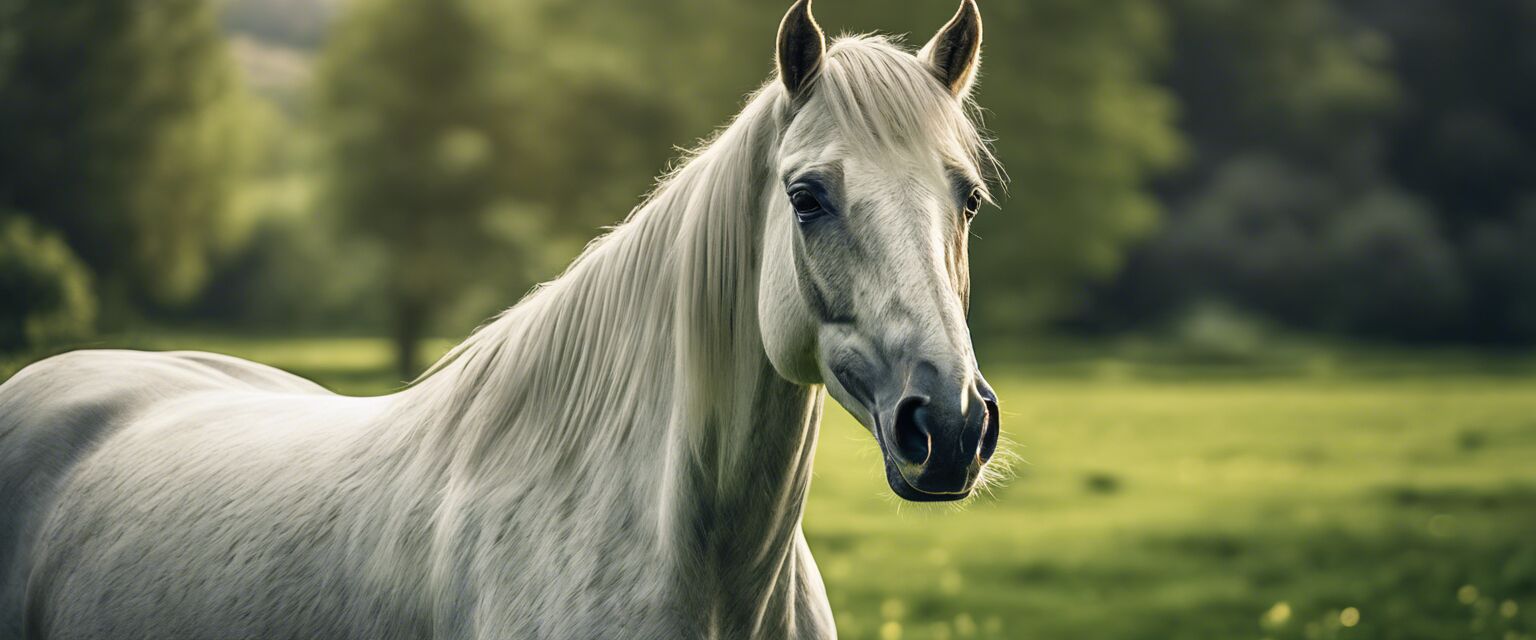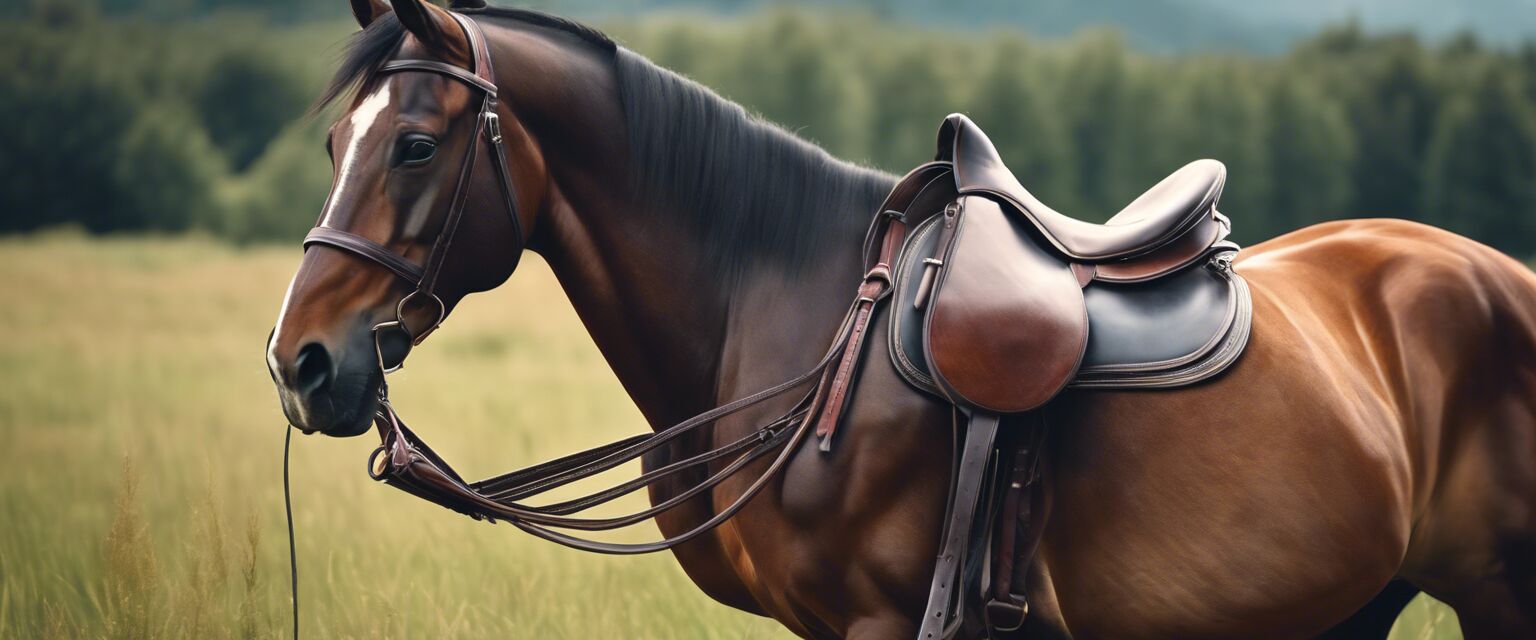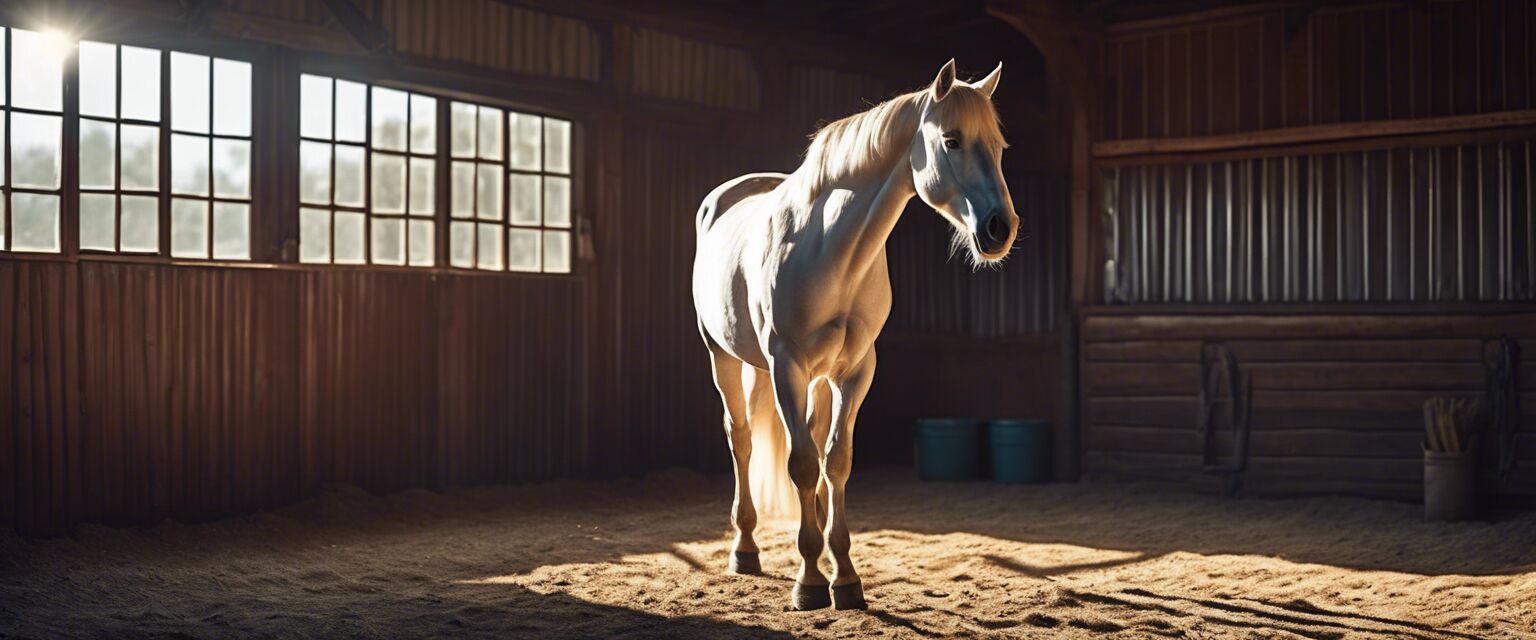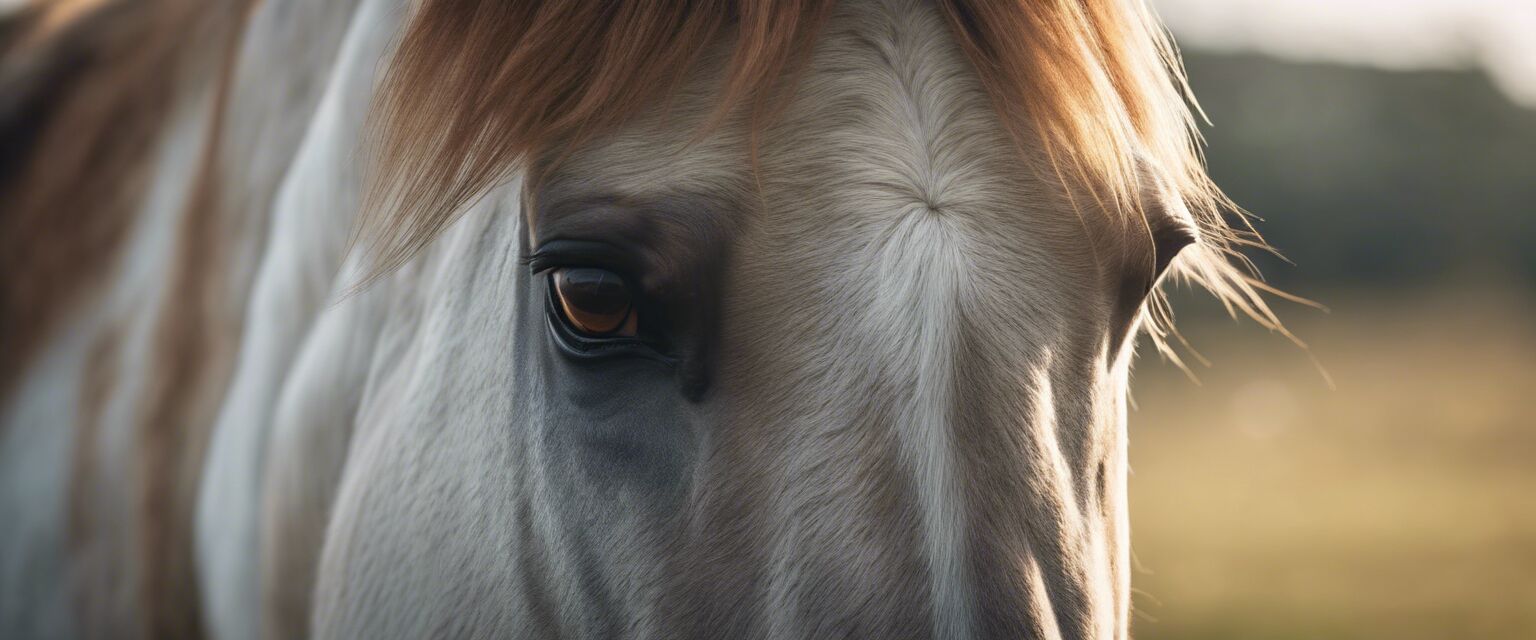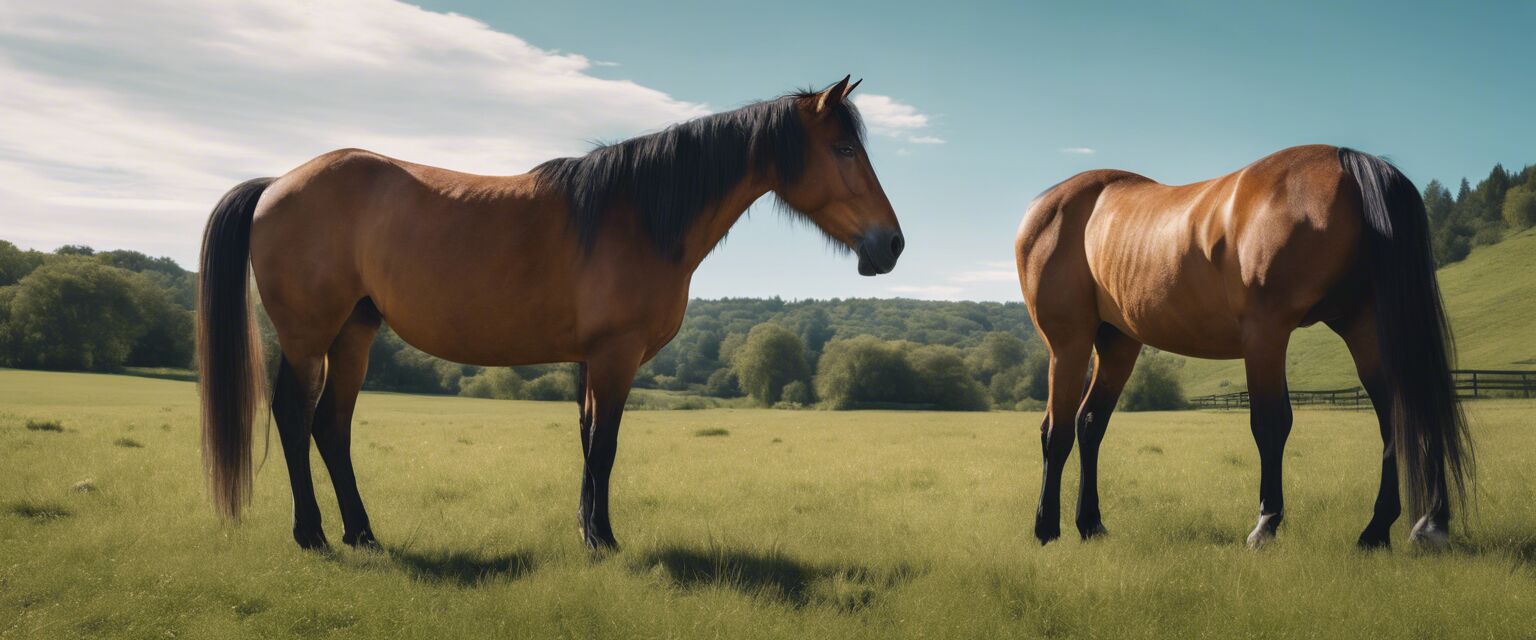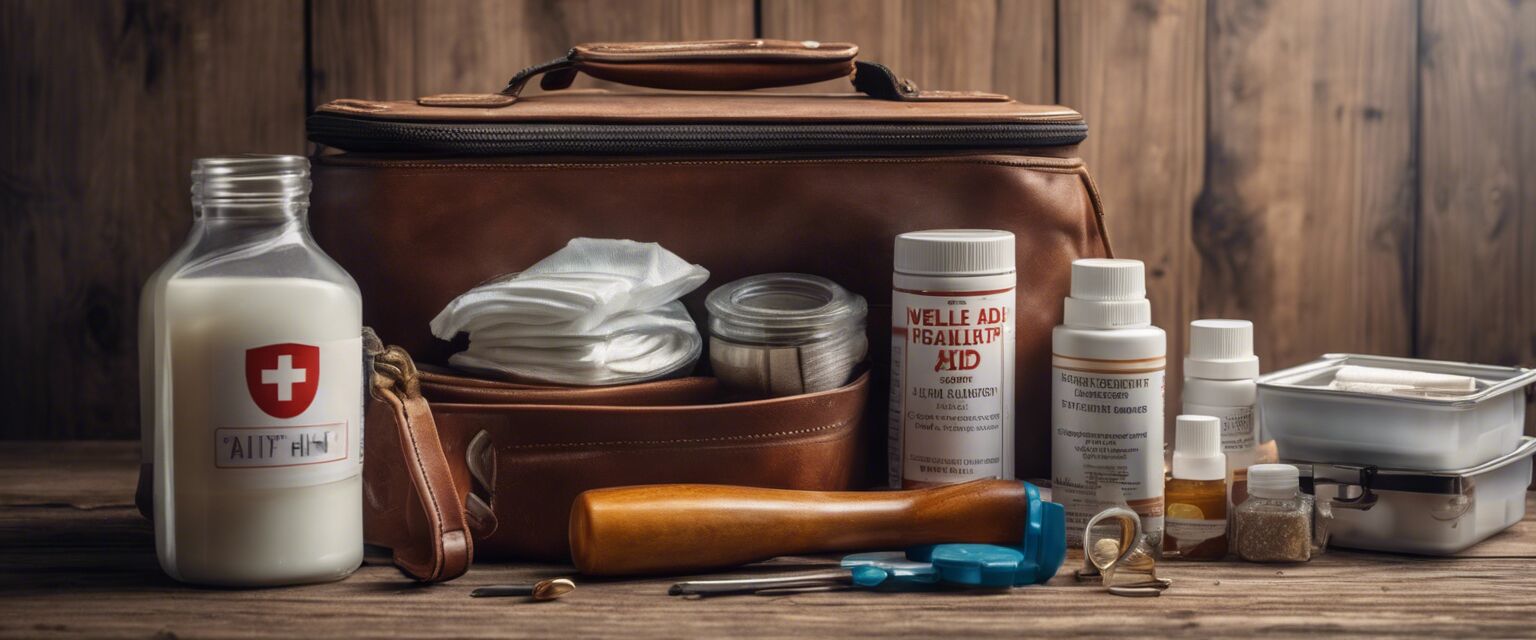
Equine First Aid
Equine first aid is essential knowledge for every horse owner. Having the proper emergency care tips, first aid kits, and procedures ready can save your horse's life in critical moments. This guide is designed to provide you with everything you need to handle common horse injuries and illnesses effectively.
Key Takeaways
- Knowing basic first aid techniques is crucial for every horse owner.
- A well-stocked equine first aid kit is a must-have.
- Regular training and updates on first aid practices can prove beneficial.
- Identifying common signs of horse injuries can lead to quicker treatment.
- Stay calm and collected in emergency situations.
Understanding equine first aid
First aid for horses entails immediate care and treatment provided before professional veterinary assistance arrives. Here is a brief overview of critical considerations:
Common situations that require first aid
- Wounds and cuts
- Colic and gastrointestinal issues
- Infections
- Allergic reactions
- Respiratory distress
Essential equine first aid kit supplies
When it comes to preparing your first aid kit, make sure to include the following supplies:
| Supplies | Purpose |
|---|---|
| Antiseptic solution | To clean wounds and prevent infections |
| Bandages and gauze | To wrap wounds and provide support |
| Scissors | For cutting bandages and gauze |
| Thermometer | For monitoring body temperature |
| Vet wrap | To secure dressings and provide support |
| Cold packs | For reducing swelling and pain |
| Duct tape | For quick fixes and securing bandages |
Basic first aid procedures
Understanding the correct procedures in emergencies can make a huge difference. Here are some common first aid techniques for specific injuries:
Wounds and cuts
- Assess the injury and determine if further medical attention is needed.
- Clean the wound with an antiseptic solution.
- Apply gauze and secure it with a bandage.
- Monitor for signs of infection.
Colic
Colic can be life-threatening and requires immediate attention. Follow these steps:
- Keep your horse calm, and avoid feeding them until the vet arrives.
- Monitor their behavior and check for signs of distress.
- Take vital signs if possible.
Allergic reactions
In cases of allergic reactions, it is crucial to:
- Identify and remove the allergen if possible.
- Check for swelling or difficulty breathing.
- Contact your veterinarian for further guidance.
Training and resources
Staying informed and educated can help you handle emergencies more effectively. Consider these resources:
- Preventive Healthcare - Learn how to prevent health issues before they arise.
- Grooming and Skin Care - Regular grooming can help identify potential injuries early.
- Equine Nutrition - A balanced diet can contribute to overall health and vitality.
- Equine Exercise and Fitness - Keeping your horse fit can prevent injuries.
- Hoof Care - Proper hoof care can prevent many common injuries.
Tips for beginners
- Familiarize yourself with your horse's normal vitals.
- Always have your vetâs contact details accessible.
- Attend first aid training sessions for equine care.
- Invest in a comprehensive first aid kit specifically for horses.
- Regularly check and restock first aid supplies.
Conclusion
Being prepared for equine emergencies is an integral part of responsible horse ownership. Knowledge of first aid techniques combined with a well-stocked first aid kit will give you the confidence to handle most situations effectively. Remember, always consult your veterinarian when necessary to ensure the best care possible for your horse.
Pros
- Reduces healing time with prompt treatment.
- Prevents minor issues from escalating into major problems.
- Increases confidence in managing horse health emergencies.
Cons
- Requires regular updates and training to keep skills sharp.
- Not all injuries can be handled without veterinary assistance.
- Imperfect knowledge may lead to mistakes in treatment.



